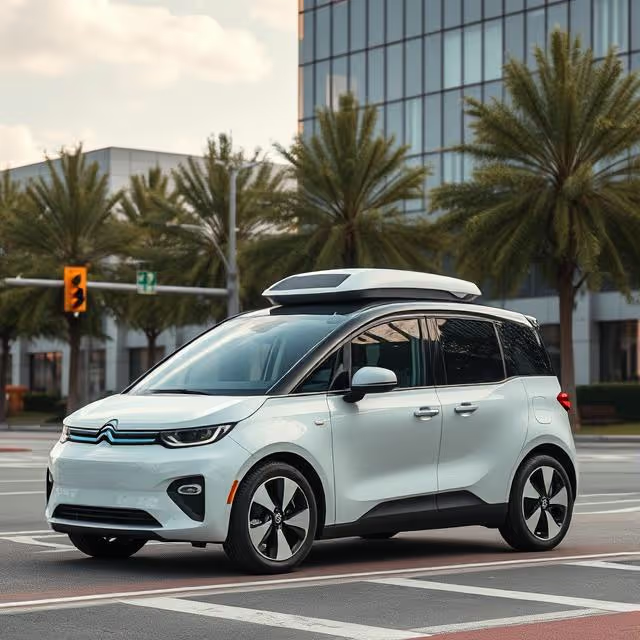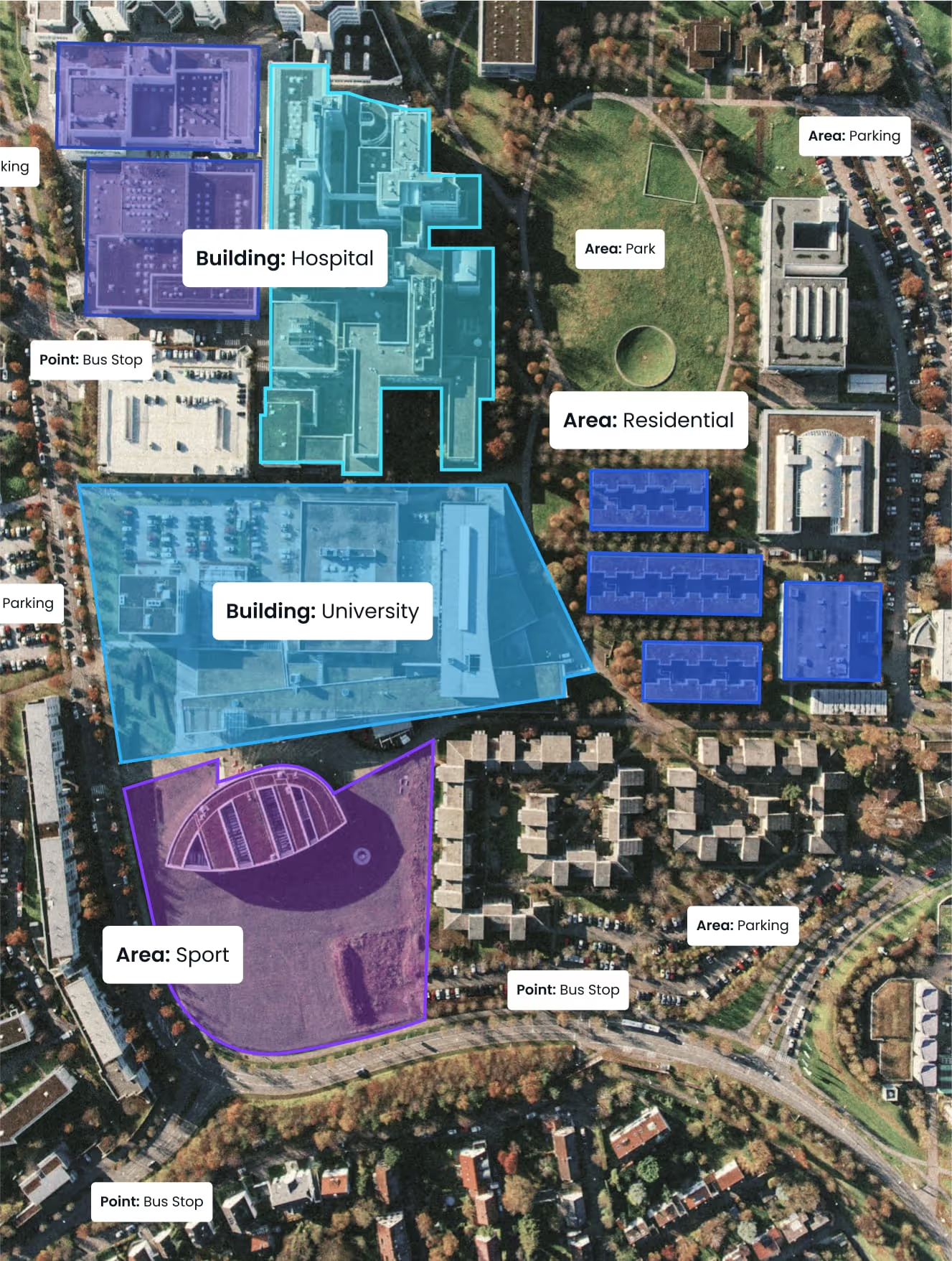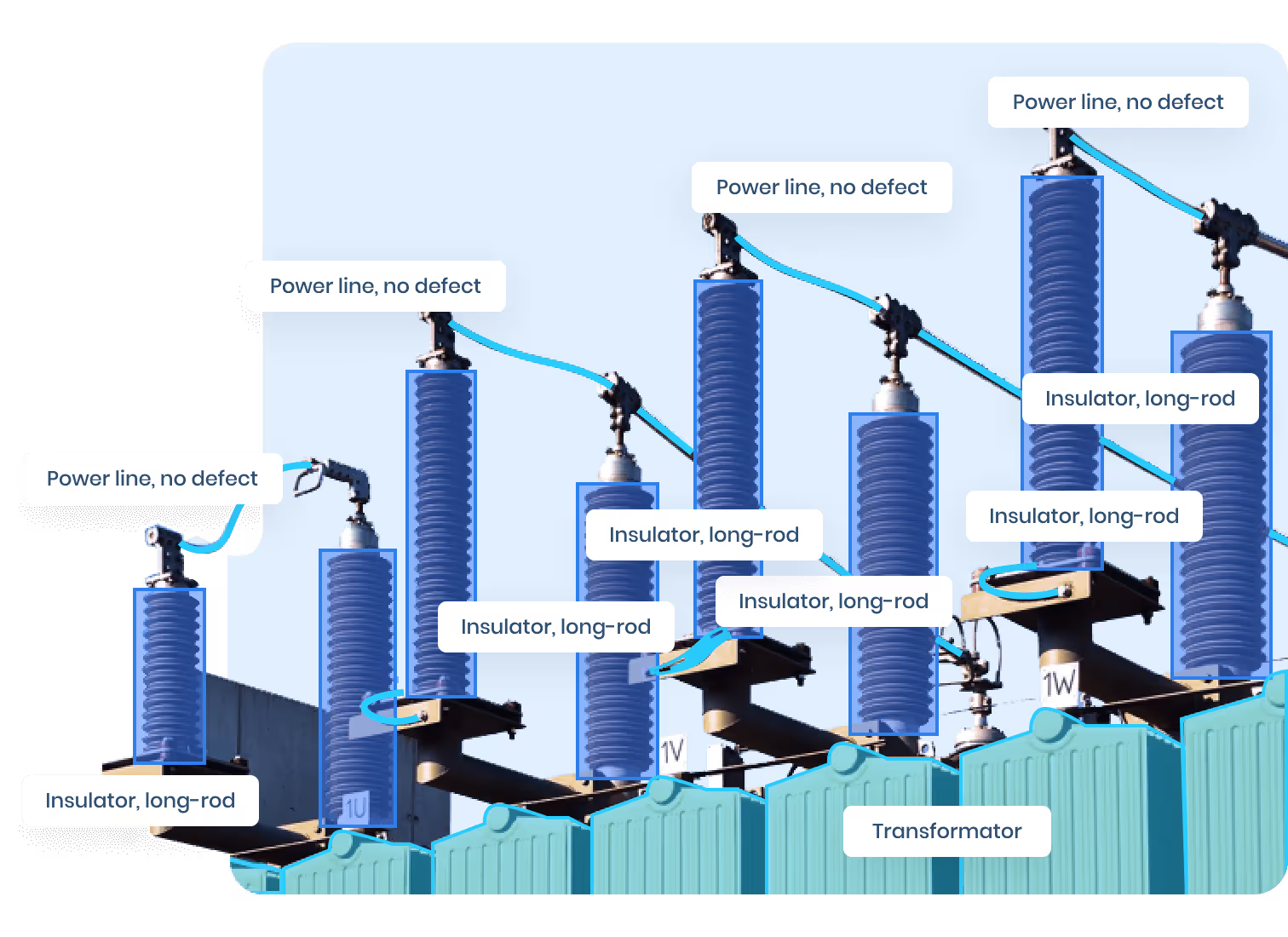Self-driving technology has made enormous strides in recent years, but what separates a test track prototype from a road-safe autonomous vehicle is often the invisible layer of intelligence built on labeled data. For U.S.-based AV companies, building scalable and safe autonomous systems means mastering the art and science of self-driving car annotation.
Behind every correctly recognized traffic sign, every avoided pedestrian, and every seamless lane change lies a volume of labeled information. This data not only trains AI models—it defines their success. In particular, LiDAR labeling and diversified AV training data form the backbone of real-world deployment, enabling safe and generalizable navigation across the diverse American landscape.
Why U.S. Roads Demand Precision
American infrastructure is incredibly varied. A vehicle navigating a sun-drenched Arizona highway faces vastly different conditions than one interpreting faded road paint in snowy Michigan. These regional variations require finely tuned, location-aware machine learning—trained on data annotated with precision.
Successful AV companies in the U.S. must account for:
- Diverse road geometries and intersection types
- Varied signage styles across state lines
- Unpredictable pedestrian behavior in urban areas
- Seasonal weather disruptions (rain, snow, fog, ice)
By deploying self-driving car annotation frameworks that reflect these conditions, developers ensure their models not only perform well in test environments but also generalize across geographies—a core requirement for commercial viability.
Power your AV model pipeline with our Autonomous Vehicles Annotation service for bounding boxes, semantic maps, and object tracking.
The Value of Annotation in AV Systems
Autonomous vehicles rely on data from RGB cameras, LiDAR sensors, radar, GPS, and ultrasonic tools. These sensors create vast raw datasets—but without structured annotation, the data is unintelligible to the AI.
Annotation transforms raw inputs into actionable knowledge. For example:
- Drawing bounding boxes around vehicles, cyclists, and pedestrians
- Performing LiDAR labeling to define the 3D structure of surroundings
- Segmenting roads, sidewalks, and medians
- Tracking objects across frames to understand motion and intent
This annotated dataset is then used to develop core AV capabilities like perception, prediction, and planning.
The quality of AV training data determines the upper limit of model performance. Poorly labeled or inconsistent data can produce unsafe behavior, even in well-engineered systems.
Combine Image Annotation with 3D Annotation to support both RGB and LiDAR sensor fusion.
High Stakes, Low Tolerance for Error
Unlike other AI systems, autonomous vehicles operate in real time in life-or-death scenarios. That’s why data annotation in AV systems carries uniquely high stakes.
Consider the risks:
- A missed pedestrian label could result in a collision.
- A misclassified object might cause unnecessary emergency braking.
- Incorrect LiDAR labeling may distort depth perception, leading to lane deviation.
One illustrative case is the fatal 2018 incident involving Uber’s AV project in Arizona. The system’s failure to properly classify a pedestrian and predict her trajectory pointed to significant annotation and detection gaps.
These incidents underscore the importance of robust, scenario-specific annotation, reviewed through multiple quality assurance layers. U.S. AV companies must prioritize accuracy—not just volume—in their training data.
LiDAR Labeling: A Critical Piece of the 3D Puzzle
If cameras are the eyes of a self-driving vehicle, LiDAR is its depth sensor. LiDAR (Light Detection and Ranging) provides a 360-degree, high-resolution 3D map of the surrounding environment. Annotating this data is far more complex than traditional 2D labeling.
LiDAR labeling involves:
- Point cloud segmentation
- Object classification in three dimensions
- Sensor fusion alignment (integrating LiDAR with camera data)
- Annotating temporal consistency across multiple frames
Because LiDAR data is sparse and often noisy, labeling requires trained annotators and specialized tools. Accurate LiDAR labeling helps AVs:
- Judge distances between objects
- Estimate speed and motion trajectories
- Identify non-standard objects (e.g., fallen tree branches, road debris)
Companies like Scale AI and Aeye provide specialized services to support AV companies with scalable LiDAR annotation workflows. As more AV systems lean into sensor fusion, the role of precise LiDAR labeling will only grow.
What Makes Great AV Training Data
At the heart of AV development is the AV training data pipeline—how raw inputs are turned into structured, labeled, and high-confidence datasets that reflect the real world.
High-quality training data must be:
- Balanced: Covers different weather, lighting, traffic, and road conditions.
- Diverse: Includes urban, suburban, and rural environments.
- Timely: Reflects recent changes in road infrastructure and regulations.
- Compliant: Respects privacy laws and ethical labeling boundaries.
For example, U.S. companies must anonymize facial features and license plates to comply with privacy legislation such as the California Consumer Privacy Act (CCPA) and Illinois' BIPA law. These legal obligations impact how data is collected, annotated, and stored.
A structured AV training data workflow also ensures version control, labeling consistency, and traceability—key elements when deploying AV models in regulated environments.
Building Annotation Teams that Scale
Scaling from prototype to production requires more than just labeling software. It requires a full-stack annotation strategy supported by trained professionals and repeatable workflows.
Successful teams structure their self-driving car annotation operations with:
- Multi-tier annotators: Junior team members handle simple labels; experts manage complex LiDAR and behavioral annotations.
- Pre-labeling automation: Initial predictions from existing models that human annotators refine.
- Feedback loops: Regular audits and edge case reviews for continuous improvement.
- Dedicated ontologies: Consistent class definitions that align with model architecture.
To manage this at scale, many AV companies adopt a hybrid model—outsourcing bulk annotation while keeping high-risk or complex data in-house.
Ethics and Compliance in the Annotation Process
Annotation is not just a technical process—it’s also a legal and ethical responsibility. When AV companies capture and label video footage in public spaces, they encounter sensitive personal information and behaviors.
Key ethical considerations in U.S. AV annotation include:
- Respecting privacy: Blur faces, license plates, and personal identifiers.
- Avoiding bias: Ensure datasets reflect a representative cross-section of pedestrians, vehicles, and environments.
- Transparency: Maintain audit trails showing how data was annotated and used in training.
- Regulatory readiness: Prepare datasets that can withstand review by federal and state transportation authorities.
As AVs become more common on U.S. roads, public acceptance will hinge on transparency and responsible data practices. Ethical annotation is a core part of that trust equation.
Toward Automation in Annotation
Manual annotation is resource-intensive, especially for massive sensor-rich AV datasets. The industry is rapidly moving toward automated and semi-automated annotation solutions to speed up workflows and reduce human error.
These include:
- AI-assisted pre-labeling using computer vision models
- Auto-labeling of LiDAR point clouds based on known object geometry
- Active learning frameworks that prioritize ambiguous or novel data for human review
Still, automation can’t fully replace human annotators—especially for rare edge cases or complex human behavior patterns. The future lies in human-in-the-loop annotation systems, where machine suggestions are verified, corrected, and enhanced by expert reviewers.
Real-World Testing and Feedback Integration
Annotation is not a one-time task. AV companies must continuously update and expand their labeled datasets based on real-world performance.
For instance:
- A vehicle deployed in Miami may reveal annotation blind spots related to frequent rainstorms or bilingual signage.
- A fleet in Denver may uncover altitude-related visual distortion not captured during initial training.
These insights must flow back into the AV training data pipeline, leading to continuous annotation refinement and higher model robustness.
Top-performing AV companies invest in dynamic annotation loops—constantly comparing live sensor data to predicted outcomes and retraining their models with fresh annotations to stay ahead of edge cases.
Need to iterate quickly? Our Custom AI Projects can adapt to your evolving requirements.
Conclusion: Annotation is the Foundation of Safe Autonomy
Training safe, reliable autonomous vehicles in the U.S. is impossible without one key ingredient: high-quality annotation. From precise LiDAR labeling to edge-case self-driving car annotation, the data behind the machine is what shapes its understanding of the world.
As U.S. startups and established automakers strive to bring AVs to market, their long-term success depends on building, maintaining, and scaling efficient AV training data pipelines that reflect real-world complexity, diversity, and unpredictability.
With the right annotation strategies in place, the dream of safe, intelligent autonomous vehicles on American roads comes one step closer to reality.





